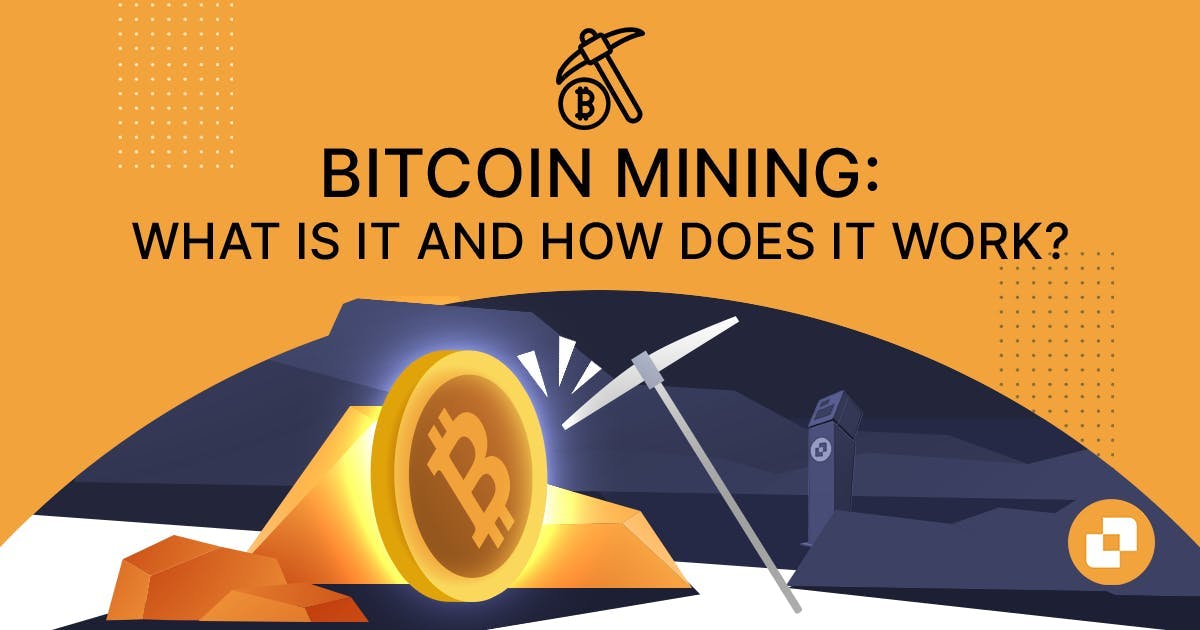Bitcoin Mining: What Is It and How Does it Work?
Ian Cheeseman
•
min read

FAQ
Yes, Bitcoin mining is legal in most countries. However, specific regulations and policies may vary, so it is essential for miners to understand and comply with local laws.
The profitability of Bitcoin mining depends on several factors, including the cost of electricity, the efficiency of mining equipment, and the Bitcoin price. Mining can be profitable in certain circumstances, but it requires careful consideration and planning.